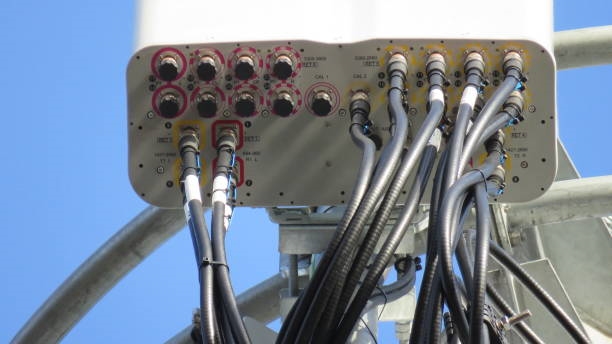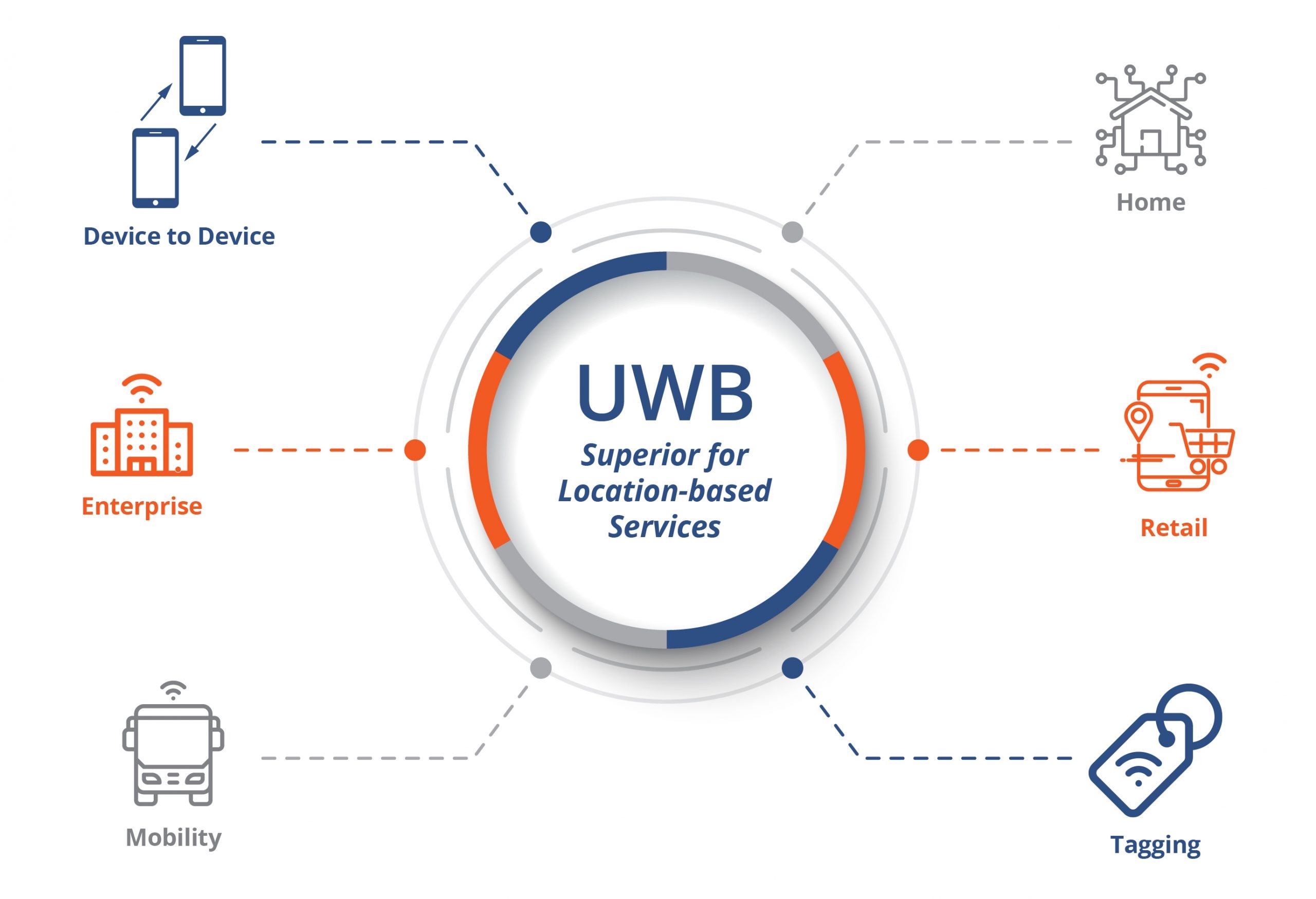Network communication types
Network communication can be divided into two types: wired communication and wireless communication.
Wired communication: Information is transmitted via physical connections, for example using twisted pair, coaxial cable, or optical fiber. Wired communication offers reliability and stability, but requires cabling and can be inconvenient for mobile devices.
Wireless communication: Data is transmitted using wireless LAN protocols, such as 802.11b, 802.11a, 802.11g, and WEP. Wireless communication does not require physical connections, so it provides greater flexibility and convenience.
From the transport protocol perspective, network communication can be classified as TCP (Transmission Control Protocol) or UDP (User Datagram Protocol). TCP is connection-oriented and provides reliable data delivery, similar to a telephone call that establishes a dedicated virtual connection. UDP is connectionless and does not guarantee reliability, similar to sending a text message. In practice, critical data is generally transmitted over TCP, while large volumes of noncritical data may use UDP.
Transmission media
Transmission media for network communication fall into two main categories: wired media and wireless media.
Wired media: The physical connection between two communication devices that carries the signal from one side to the other. Common wired media include twisted pair, coaxial cable, and optical fiber. Twisted pair and coaxial cable carry electrical signals, while optical fiber carries light signals. Twisted pair is available as unshielded twisted pair (UTP) and shielded twisted pair (STP), with the conductors twisted together to form the circuit. Coaxial cable typically consists of a copper core, an insulating layer, and a shielding layer, providing strong protection against external interference and serving as a common LAN transmission medium.
Wireless media: The surrounding free space, where electromagnetic waves propagate and enable various forms of wireless communication. Typical wireless media include radio waves, microwaves, infrared, and laser; different parts of the spectrum are used for different communication scenarios. Wireless media do not require physical connections and thus offer higher flexibility and convenience.
Different transmission media have distinct characteristics and application scenarios, and the appropriate medium should be selected based on specific requirements.
 ALLPCB
ALLPCB







